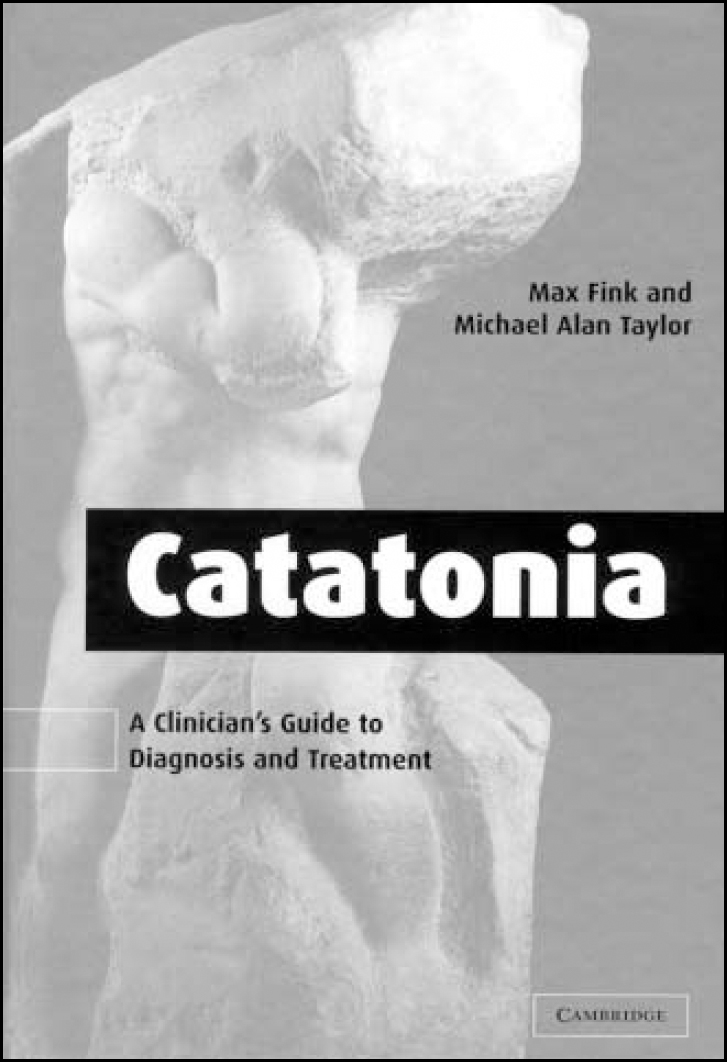
Catatonia – although regarded by many as merely of historical interest – is still instantly recognisable, and is associated with many different neurological and psychiatric disorders. It can be found in as many as one in ten acutely ill patients in psychiatric units. Effective treatment can be life-saving, and allows treatment of associated psychiatric disorders. This book is the best current account of the phenomenology and treatment of catatonia, and is written by two acknowledged experts in the field.
Catatonia was first described by Kahlbaun in 1874 in patients with diverse psychiatric and general medical conditions, and it was quickly incorporated into the concept of dementia praecox and schizophrenia by Kraepelin and Bleuler. In the first half of the 20th century, catatonia was interpreted in psychological terms by Anglo-American authors, ignoring the neurological interpretations of French and European authors. With this went a general lack of interest in the condition. Interest was renewed in the 1970s, with studies such as those of one of the authors, showing that catatonia was more common in mood disorders than in schizophrenia, together with the effectiveness of treatment with electroconvulsive therapy.
The authors discuss the different signs of catatonia, such as mutism, stupor and excitement. More than 50 patient vignettes are given, making these features and their treatment easier to relate to everyday practice. The different neurological and psychiatric conditions associated with catatonia are discussed, as is the differential diagnosis for individual catatonic signs, together with investigation and treatment of the condition. The neuroleptic malignant syndrome, which is indistinguishable from malignant catatonia, is well described.
The book provides an extensive discussion of the classification of catatonia (reflecting the current unsatisfactory basis of its DSM and ICD classifications) and its management, which is also often unsatisfactory, even though the condition can be effectively and rapidly relieved. The pathophysiology of catatonia is reviewed, but remains a mystery. As well as being an excellent account of catatonia for clinicians, this book may inspire interest in its pathophysiology and lead to this mystery soon being only of historical interest.



eLetters
No eLetters have been published for this article.